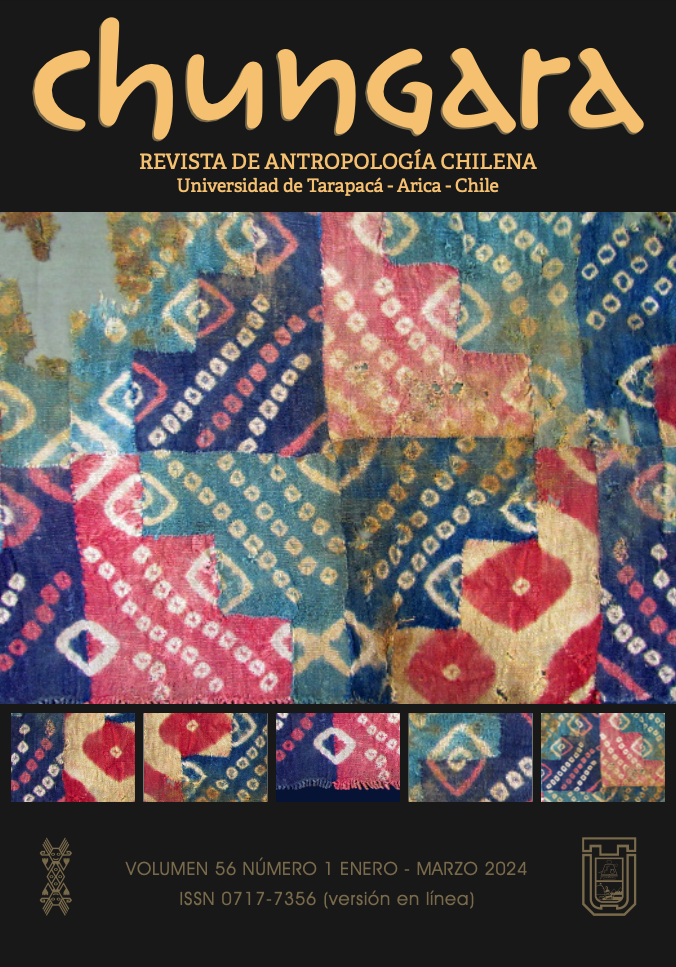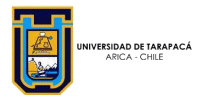MORTUARY CONTEXTS IN THE RAMADILLAS RIVER BASIN (ATACAMA REGION, CHILE): RADIOCARBON DATES AND STABLE ISOTOPES ANALYSIS
CONTEXTOS MORTUORIOS EN LA CUENCA DEL RÍO RAMADILLAS (PRE-CORDILLERA DE LA REGIÓN DE ATACAMA, CHILE): DATACIONES Y ANÁLISIS DE ISÓTOPOS ESTABLES
Pablo Díaz, Aryel Pacheco, Pilar Rivas and María Josefina González
This article presents the results of radiocarbon datings and stable isotopes analyses (13C, 15N, and 18O) of seven individuals, four infants and three adults recovered from pre-Hispanic mortuary contexts in the Andean foothills of the Atacama Region (Chile). The datings obtained and contextual data suggest that the mortuary contexts correspond to archaic hunter-gatherer individuals from Las Ánimas complex, Copiapó Culture, and from Diaguita-Inca groups. Diet analysis, in turn, point to differences in vegetable consumption between hunter-gatherers and ceramic groups, since the δ13C values of the first group are located in an intermediate position between C and C plants, whereas the δ13C values of the second group show a tendency to higher consumption of C 344 plants. The δ15N values show no significant differences regarding terrestrial meat intake between both groups. The δ18O values suggest that the mobility of the individuals analyzed was circumscribed within environments similar to the area where they were buried; however,, higher δ18O rates can be observed in the hunter-gatherer individuals. These results are the first of their type in this study area and add to the scattered existing data for the Atacama Region.







